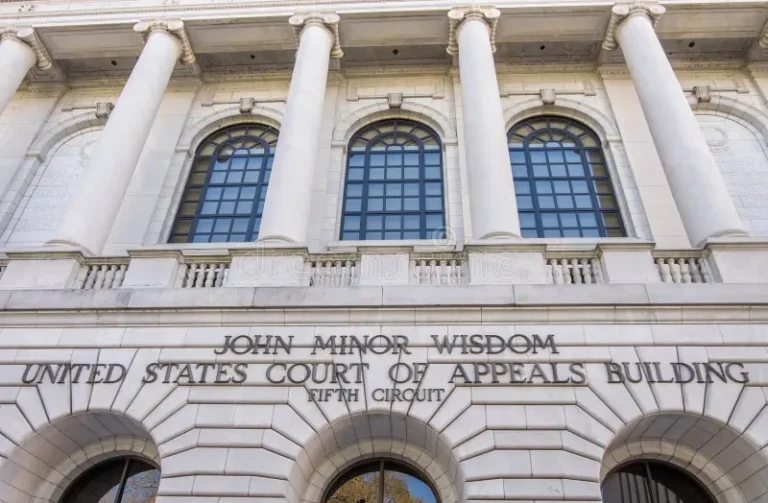Edward Nasser is a student at Harvard Law School.
Public Citizen filed a lawsuit on January 19th asking Department of Labor and the Occupational Safety and Health Administration to turn over copies of forms employers were required to file with the government. In 2017, for the first time, OSHA required companies with 250 or more workers and those in high-hazard industries with 20 or more workers to report summaries of their injury and illness records for the year prior. The Obama administration originally intended for such disclosure, but under the Trump administration, OSHA and the DOL reversed their position. The case is Public Citizen Found v DOL, D.D.C., No. 18-117, 1/19/18.
As the shutdown of the federal government drags into its first full workweek, federal agencies will each begin to implement their own contingency plans in full. Most government workers will report to work on Monday to learn if they will need to keep working or be forced to take unpaid leave. Each agency must determine which workers are essential to safeguarding human life or property and thus must continue. The Wall Street Journal reports some interesting examples: nearly 90% of workers at the Department of Homeland Security will continue to work while the Transportation Department will furlough just over 37% of its 55,000 workers.
On Sunday, The Intercept published a piece reporting on how the labor movement is looking ahead to a post-Trump world. The piece details how labor failed to gain the political capital to pass significant reforms in 1978 and 2009 that would have better protected workers and unions. Among the more ambitious proposals being floated as future goals are a push to end at-will firing, and a call for workers to demand their rights be treated as constitutional rights.
The Wall Street Journal reports on the changing face of labor and the effect a ruling against the American Federation of State, County and Municipal Employees in Janus might have. The piece includes charts and visuals about union participation rates in the public and private sectors as well as state by state breakdowns. Among the more interesting bits of information: union participation in Wisconsin, a state that famously passed a controversial right-to-work bill in 2015, has fallen 10% between 2000 and 2017.






Daily News & Commentary
Start your day with our roundup of the latest labor developments. See all
August 26
Park employees at Yosemite vote to unionize; Philadelphia teachers reach tentative three-year agreement; a new report finds California’s union coverage remains steady even as national union density declines.
August 25
Consequences of SpaceX decision, AI may undermine white-collar overtime exemptions, Sixth Circuit heightens standard for client harassment.
August 24
HHS cancels union contracts, the California Supreme Court rules on minimum wage violations, and jobless claims rise
August 22
Musk and X move to settle a $500 million severance case; the Ninth Circuit stays an order postponing Temporary Protection Status terminations for migrants from Honduras, Nicaragua, and Nepal; the Sixth Circuit clarifies that an FMLA “estimate” doesn’t hard-cap unforeseeable intermittent leave.
August 21
FLRA eliminates ALJs; OPM axes gender-affirming care; H-2A farmworkers lose wage suit.
August 20
5th Circuit upholds injunctions based on challenges to NLRB constitutionality; Illinois to counteract federal changes to wage and hour, health and safety laws.